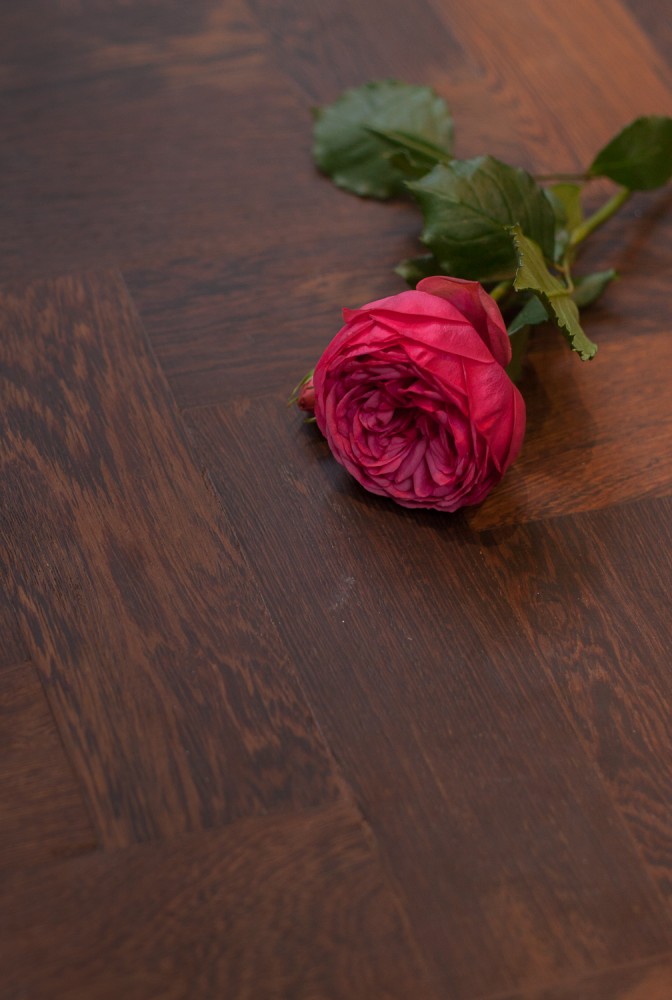





Although we primarily use reclaimed oak and pine. From time to time, we can source reclaimed exotic woods such as Australian Jarrah or African Panga Panga.
Eucalyptus Marginata, otherwise known as Jarrah or Swan River Mahogany is an Australian hardwood. Jarrah wood is strong and durable and comes in a range of tones from deep red to pale. It is insect-resistant and used for flooring and joinery purposes. Surprisingly, Jarrah wood is more environmentally friendly than you would think. Jarrah grows specifically in the south of Western Australia, and it is currently a 'near threatened' species, which means that it is essential to preserve the species and the habitats it supports. However, when Australia was colonised in the 18th Century, Jarrah was more abundant and heavily used for industrial purposes, such as constructing roads and producing railway sleepers. Because of its strength, insect and rot-resistance, Jarrah wood was also shipped to Britain for the same purposes; therefore, reclaimed Jarrah is more prevalent in the UK than you might expect.
Millettia stuhlmannii, commonly known as Panga Panga, is a tree found in Tanzania, Mozambique and Zimbabwe. The wood is mainly resistant to insects and fungi and is frequently used to produce flooring, furniture, musical instruments and boats. Panga Panga wood has deep, rich red tones and can give a dramatically dark aesthetic to a solid wood floor. Overuse and harvesting of timber, bark or roots for export has led to local depletion. Reclaimed wood flooring is an environmentally responsible way to make use of these more exotic resources without disturbing the natural population and without incurring the cost and pollution of transporting wood from the other side of the world.
Our staff are skilled in cutting and finishing specialist formations such as herringbone, parquetry and Versailles panelling.
Note: Heritage Reclamation is a Salvo Code member following good practices in buying and selling, giving reassurance to prospective customers. Find more examples of their reclaimed wood flooring in their solid wood flooring portfolio.
Story Type: Feature